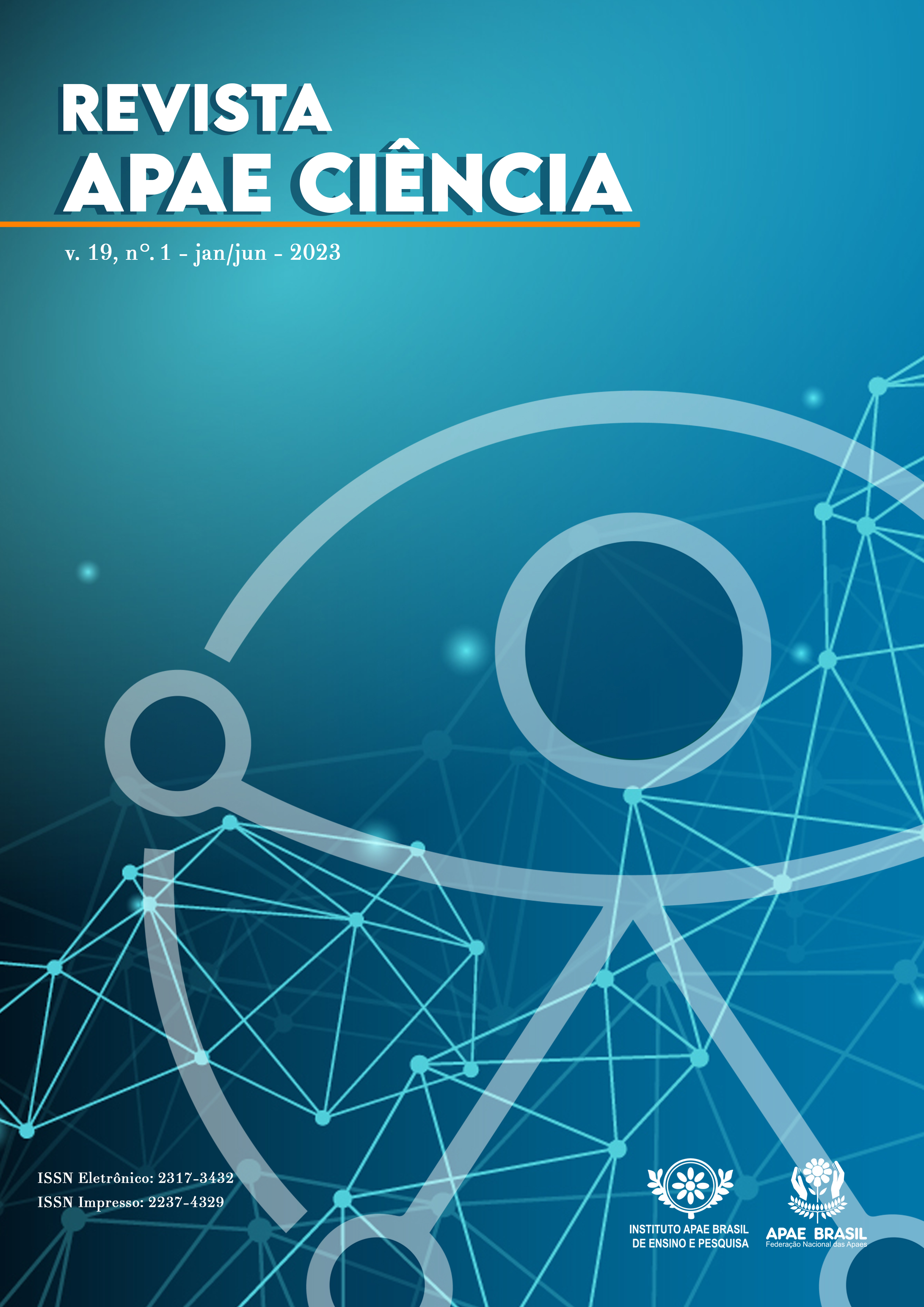THE IMPORTANCE OF SOCIAL INTERACTION FOR INDIVIDUALS WITH PHYSICAL DISABILITIES IN THE EDUCATIONAL ENVIRONMENT
A PERSPECTIVE ON LEARNING
DOI:
https://doi.org/10.29327/216984.19.1-9Keywords:
Teacher Training, Special Education, Civil RightsAbstract
This study addresses the reality of public schooling for individuals with physical, intellectual, and multiple disabilities and high abilities. It emphasizes the significance of teacher training, the involvement of school/educational psychologists, and the teaching methods employed in schools when fostering their learning. Additionally, the educational institutions’ infrastructure should facilitate the transition of these students within the school environment. It highlights the distinction between social and educational inclusion and their paradigms in the teaching and learning process, particularly in the public education system, where the lack of resources is more pronounced, and educators have limited access to appropriate teaching materials for these children. Thus, the article focuses on the laws established by recognized organizations in our country to uphold the educational rights of students with disabilities. The work also considers as the main object of investigation the assessment of the actual inclusion conditions provided in schools and the legal rights concerning the implementation of access for these students. This article also briefly discusses the implementation process of Inclusive Education in Brazil, analyzing the role of Special Education within this policy framework.
Downloads
Published
How to Cite
Issue
Section
License
Copyright (c) 2023 Vanderlúcia Felix Amorim Silva

This work is licensed under a Creative Commons Attribution-NonCommercial-NoDerivatives 4.0 International License.
A revista se reserva o direito de efetuar, nos originais, alterações de ordem normativa, respeitando, porém, o estilo dos autores. As provas finais não serão enviadas aos autores.
Os trabalhos publicados passam a ser propriedade da revista Apae Ciência.
As opiniões emitidas pelos autores dos artigos são de sua exclusiva responsabilidade.







